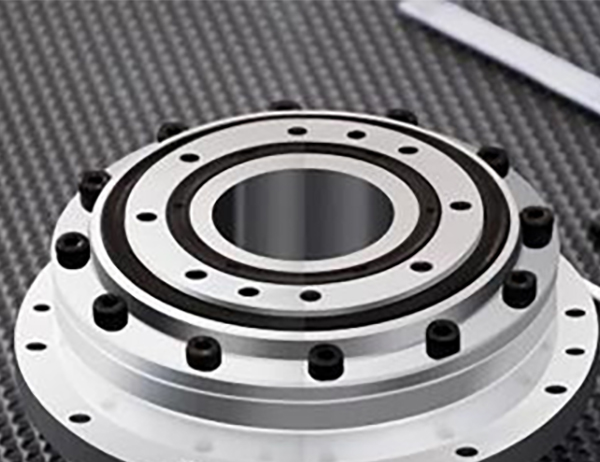SCARA robots, also known as horizontal multi-joint robots, are the most widely used configuration in the industrial robot family.
What can a SCARA robot do? SCARA robots have the characteristics of small load and high speed. They are mainly used in the 3C industry, food industry, rapid sorting, precision assembly and other fields. Several typical applications of SCARA robots are introduced below. The SCARA robot has three rotating joints with axes parallel to each other and can be positioned and oriented in a plane. The other joint is a movable joint that is used to complete the movement of the end piece perpendicular to the plane. The position of the wrist reference point is determined by the angular displacements of the two rotating joints, that is, p=f(φ1,φ2,z). This robot has the advantages of light structure and fast response speed.

The SCARA robot was invented in 1978 by Hiroshi Makino of Yamanashi University. The SCARA robot has four axes and four degrees of freedom (including translation in the X, y, and z directions and rotational degrees of freedom about the z axis). The SCARA robot system is compliant in the x,y directions and has good rigidity in the z-axis direction. This characteristic is particularly suitable for assembly work, such as inserting round pins into round holes. Therefore, the SCARA system is first used to assemble printed circuit boards and electronic components; Another feature of SCARA is its dual-bar structure, which is similar to a human arm, which can be extended into a limited space and then retracted. It is suitable for moving and placing objects, such as integrated circuit boards. Currently, it is also widely used in food, medicine, electronics, robotics and other industries. Its main function is to move parts and assembly. The first shaft and the second shaft have rotational characteristics, and the third shaft and the fourth shaft can be made into various forms according to work needs, one has rotational characteristics and the other has linear motion. Due to its special shape, its working range is similar to a sector-shaped area. SCARA robots can be manufactured in a variety of size, with the most common working radius ranging from 100 mm to 1000 mm. The net load of this SCARA robot is between 1kg and 200kg. In recent years, SCARA robots have developed rapidly. Almost all manufacturers involved in robot ontology design are the first to develop SCARA robots. In the increasingly fierce market competition for mid-to-low-end six-axis industrial robots, many domestic robot manufacturers have begun to turn their attention to the same wide range of SCARA robots.